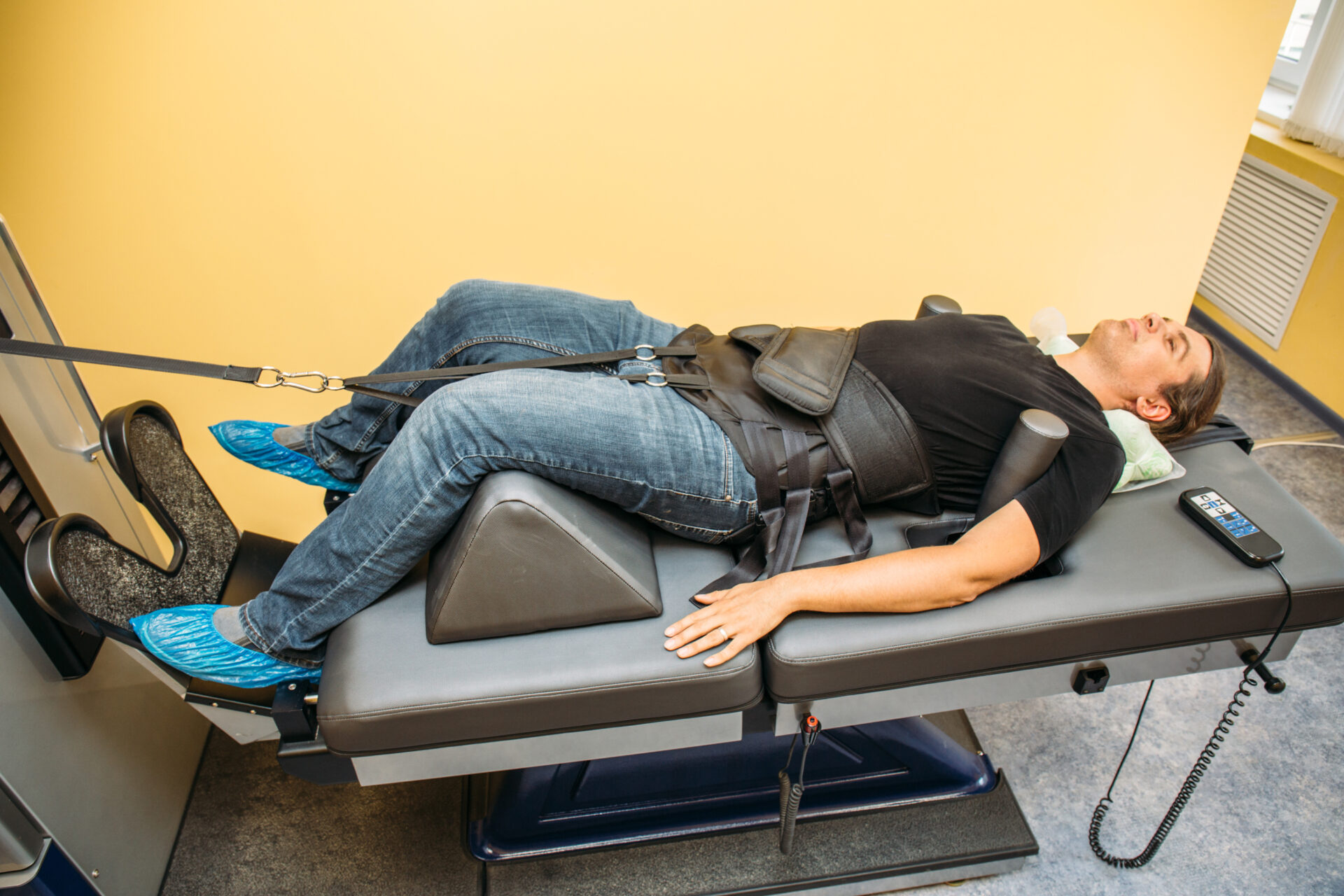This post may contain affiliate links, which means if you enroll through my link, I’ll receive a small commission at no extra cost to you.

With health insurance getting more expensive in recent years, many people don’t have any health insurance, but accidents can still happen. One of the most common injuries is a broken bone. If you don’t have health insurance and break a bone, how much is it going to cost?
It typically costs between $500 and $2,000 to get a broken bone treated without insurance. The price will be determined by the broken bone and the injury’s severity. If the bone requires surgical treatment, treatment will cost $16,000 to $35,000 without insurance.
Keep reading to learn about how much it costs to treat a broken bone.
Most Commonly Broken Bones
While you realistically can break any bone in your body, the clavicle, leg, arm, hip, thigh, wrist, and ankle bones are broken the most often. A collision, fall, or other trauma cause the majority of broken or fractured bones.
Collarbones (Clavicle)
Also called the clavicle, a collarbone is the most commonly broken bone. It is located between your shoulder blades and your rib cage, and because of where it is positioned, and the fact it is a smaller bone, it is very easy to break in sports activities or car accidents.
Fortunately, this bone doesn’t require much treatment, as you will likely just need to be in a sling for a couple of months and use lots of ice to prevent swelling. The average cost of open treatment of a clavicle fracture/dislocation is $22,100 without health insurance.
Arms
Arm fractures are the second most common type of broken bone. Arm fractures typically occur from falling but can also be caused by direct trauma or a twisting injury. The cost to treat the injury is determined by how bad the injury is and which bones are broken.
Typically, you will just have a cast and/or a sling for a few weeks until the bone is healed, but if the injury is bad enough, it will need to be fixed by surgery. The average cost of open treatment for a lower arm or wrist fracture is $22,365 without insurance.
Hips
Hip fractures are a very dangerous injury for those who are 65 years old or older, as the recovery period will often put them in danger of getting pneumonia, blood clots, and other conditions that can be caused by prolonged inactivity.
The average cost to treat a hip fracture for somebody without health insurance is between $13,400 and $40,000. However, it can cost more to treat this type of fracture. Hip fractures are among the most expensive types of fractures to treat.
Wrists
The wrist is made up of 8 small bones, and each of them can be fractured somewhat easily. However, if you fracture a bone in your wrist, it will typically be the distal radius, which is one of the larger bones in the forearm.
Most wrist injuries are caused because of falls while participating in a variety of physical activities, including skiing, skateboarding, and other contact sports.
If your wrist injury is a nondisplaced fracture, it will only take a few weeks to recover. However, a displaced fracture will require surgery to heal properly.
The average cost of non-surgical treatment for a wrist fracture ranges from $500 to $2,500. Surgical treatment for a broken wrist costs anywhere from $7,000 to $10,000 or more.

Ankle
Ankle injuries have slowly become more common. The fibula, which makes up the outer ankle, is the most commonly fractured bone in the ankle. You can break or fracture the fibula by rolling your ankle.
The cost to treat a broken ankle varies depending on how badly broken the bone is and what type of treatment is required.
The open treatment of an ankle fracture costs an average of $22,474 without health insurance.
Types of Fractures
There are a variety of types of fractures, but the vast majority fall into one or more of these categories.
- Open Fracture: This type of fracture occurs when the bones are visible outside the skin or when a wound is deep enough to expose the bone. This is often called a compound fracture as well. Open fractures cost far more than most other broken bones.
- Closed Fracture: Also called a simple fracture, this is when the bone is not visible. A closed fracture is typically less expensive to treat than an open fracture. It does not get infected at the same rate as open fractures. Whenever an open fracture gets infected, it can significantly increase the cost of treatment.
- Partial Fracture: This type of fracture did not go completely through the bone.
- Full Fracture: Meanwhile this is when the fracture has caused the bone to break into two or more pieces. Full fractures cost more money to treat than partial fractures.
- Stable Fracture: This is when the bones haven’t moved out of place. This means that this type of fracture is extremely easy to treat.
- Displaced Fracture: This is when there is a gap of space between the two pieces of bone. Patients with this type of fracture often need surgery to place the bones close enough for them to heal properly. Because displaced fractures often require surgical intervention, they are usually much more expensive to treat than stable fractures.

Symptoms of a Broken Bone
While it may seem like you can easily tell if you broke a bone, this is not the case. This is because there are types of fractures where it may hurt, but you will just feel some discomfort in the fractured area. The worst kind of break, a compound fracture, is very easy to identify, as it means part of the bone has broken through the skin. However, hairline fractures are just small cracks in the bone and can be much hard to identify without an X-ray.
However, there are certain ways to identify whether or not you have a broken bone. You might have broken a bone if you have:
- Severe Pain in the area of the fracture.
- Swelling and/or bruising.
- Tenderness, numbness, or tingling in the area of injury.
- Difficulty (and likely serious pain) when moving the injured limb or body part.
Average Cost of a Broken Arm
As with all fractures, when determining the cost to treat a broken arm, the severity of the injury is going to be a determining factor. If you have a compound fracture, you are going to have to worry about infection as well, making it more expensive to treat than a simple hairline fracture.
Breaks that require surgery to fix are going to be far more expensive than a break that just requires a cast or a splint. Oftentimes, when a patient needs surgery to fix a broken arm, they will have to go through physical therapy, which will make the overall cost of treatment even more expensive. Without health insurance, it can cost anywhere from $16,000 to $20,00 to fix a broken bone once you factor in x-rays, surgery, and physical therapy.
The following table breaks down some of the costs associated with treating a broken arm.
| Treatment | Cost Without Insurance |
|---|---|
| Diagnosis and non-surgical treatment | $2,500+ |
| Forearm X-ray | $190 to $1,000 |
| Application of an arm splint | $201 to $239 |
| Application of a forearm or upper arm cast | $228 to $242 |
| Surgical Treatment of a broken arm | $16,000+ |
Average Cost of a Broken Leg
The severity of the broken leg will determine how much it will cost to treat. If you only need a boot or cast and crutches, your broken leg will be far cheaper to treat than if you need surgery. If your injury caused any sort of nerve damage, muscle damage, or other serious complications, the cost of treatment will skyrocket.
Here are some of the factors that will affect the cost to treat a broken leg:
- Healthcare costs of your region.
- Number of days spent in the hospital.
- Medical equipment used during recovery (i.e. crutches, wheelchair, etc…).
The following table breaks down some of the costs associated with treating a broken leg.
| Treatment | Cost Without Insurance |
|---|---|
| Diagnosis and non-surgical treatment | $2,500+ |
| Leg X-ray | $210 to $1,000 |
| Application of a short or long-leg cast | $221 to $238 |
| Crutches | $15 to $100 |
| Surgical Treatment of a broken leg | $17,000 to $35,000 |
Tips for Reducing the Cost of a Broken Bone
In the unfortunate event that you sustain a bone fracture and lack health insurance or a suitable alternative, there are several options available to lessen the financial burden of treatment. Your initial step should be to inquire with your physician or medical facility if they provide any reduced rates or payment alternatives for individuals unable to cover their medical expenses.
Another option that you can try is to get a medical card. A health discount card is something that allows the holder to receive discounted rates for different medical services at specific care providers. Many cards will typically have some sort of monthly fee, with many of them costing around $10 a month, however, several options are free. The discounts the cards can offer will also be different, with some cards offering up to 85% off of any medical expenses.
One last option that you can try to receive help with your medical expenses is to get in contact with charities or not-for-profit organizations to see if they are going to be able to offer any sort of aid or help.
Types of Treatments for a Broken Bone
There are a variety of different methods that doctors use when treating a broken bone. Even if they have to perform surgery in order to make sure everything heals properly, they will use one of these treatment methods in order to help you recover.
Cast Immobilization
This is the most common method used to treat broken bones and fractures. This is because it allows the doctor to properly position your bones and then set a cast around the area of the fracture. They will then leave this cast on for several weeks, and depending on the severity of the fracture, it could be on your body for multiple months. The cast keeps the bones in place, letting them heal properly.
Functional Cast or Brace
This type of treatment is very similar to cast immobilization in the fact that your bones will be repositioned to their normal state and then you will have a cast put on. However, this type of treatment doesn’t fully immobilize the area of the fracture, as the brace will allow your joints to move in a limited manner.
Traction
Traction is a fairly uncommon treatment method. It is when the bone is realigned and placed in its proper place through a gentle pulling action. Usually, while receiving this type of treatment, you will be laying down, as this treatment is mostly done on fractures for bones in your legs. Doctors use ropes, weights, and pulleys to create the pulling action. Traction can also help prevent muscle spasms as well.
External Fixation

External fixation is when doctors place metal screws both above and below the fracture point. The screws are connected by metal bars. The screws go into the bone, but the metal bars are kept external. These metal bars hold the bone in the proper place while it heals.
Open Reduction and Internal Fixation
Open reduction, sometimes called internal fixation, is similar to external fixation. However, instead of having the metal screws and plate visible from the outside of the skin, all the plates and screws are placed just on the broken bone and are under the skin. This type of treatment is typically more expensive than other, less invasive procedures.
Overall, it can be extremely expensive to treat a broken bone if you don’t have health insurance. However, if you don’t treat a broken bone, it will get worse and potentially cause you harm. This means that you should not avoid treating a broken bone, even if you don’t have health insurance. Unfortunately, it is almost impossible to determine how much it will cost to treat a broken bone until you have determined how bad the break is.
Health shares are not insurance and do not offer insurance coverage. Membership in a health share does not guarantee the payment or reimbursement of medical expenses. Each organization operates under its own membership guidelines, which determine what expenses may be eligible for sharing. This publication is for informational purposes only and is not provided by an insurance company. For state-specific notices and full program details, please visit the respective health share’s official website.





Leave a Reply